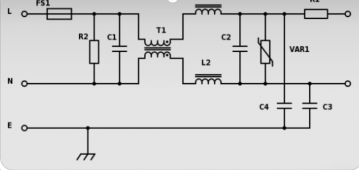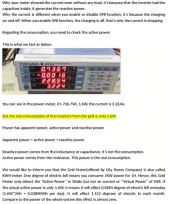Well I got a reply and I have to say it was much quicker than I expected.
Hello Andy
The power consumption of the LVX6048 inverter is 140w. How did you measure the 260w? Please provide us with measurements to show this consumption. We think that this value you measured is VA and not Watt.
Thank you.
Best regards,
Andy Y. ¦ Support Team, MPP Solar Inc.
support@mppsolar.com ¦
www.mppsolar.com
Today's readings on L1 and L2 are 0.78 amp and 1.57 amp taken on an Amprobe AMP-25. The volt * amp calculation gives 280 Watts. However that's with a power factor of 1. Applying a power factor of 0.5 gives a value of 140 Watts. That may or may not be the correct power factor. I have
sent this information back to MPP for clarification.





